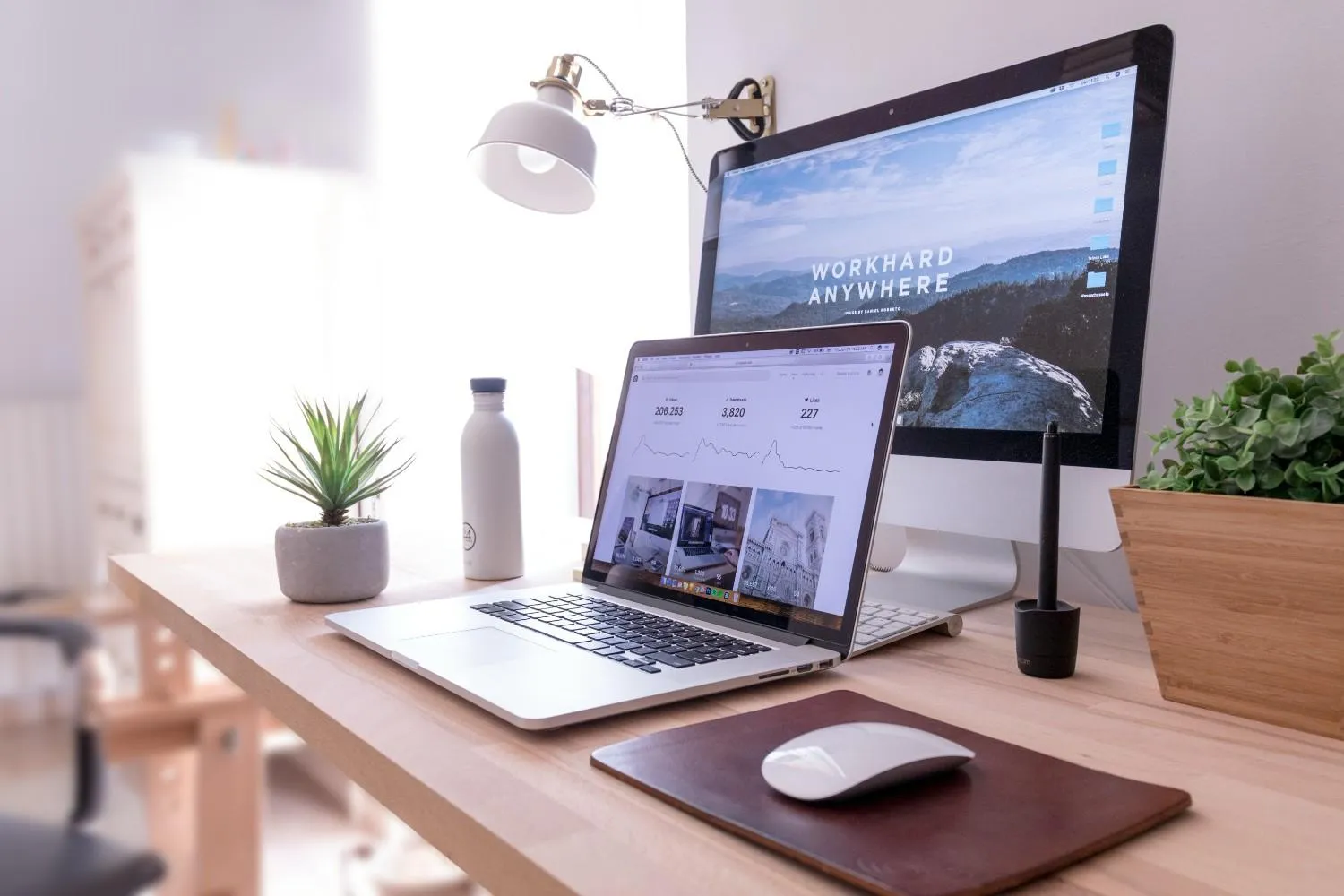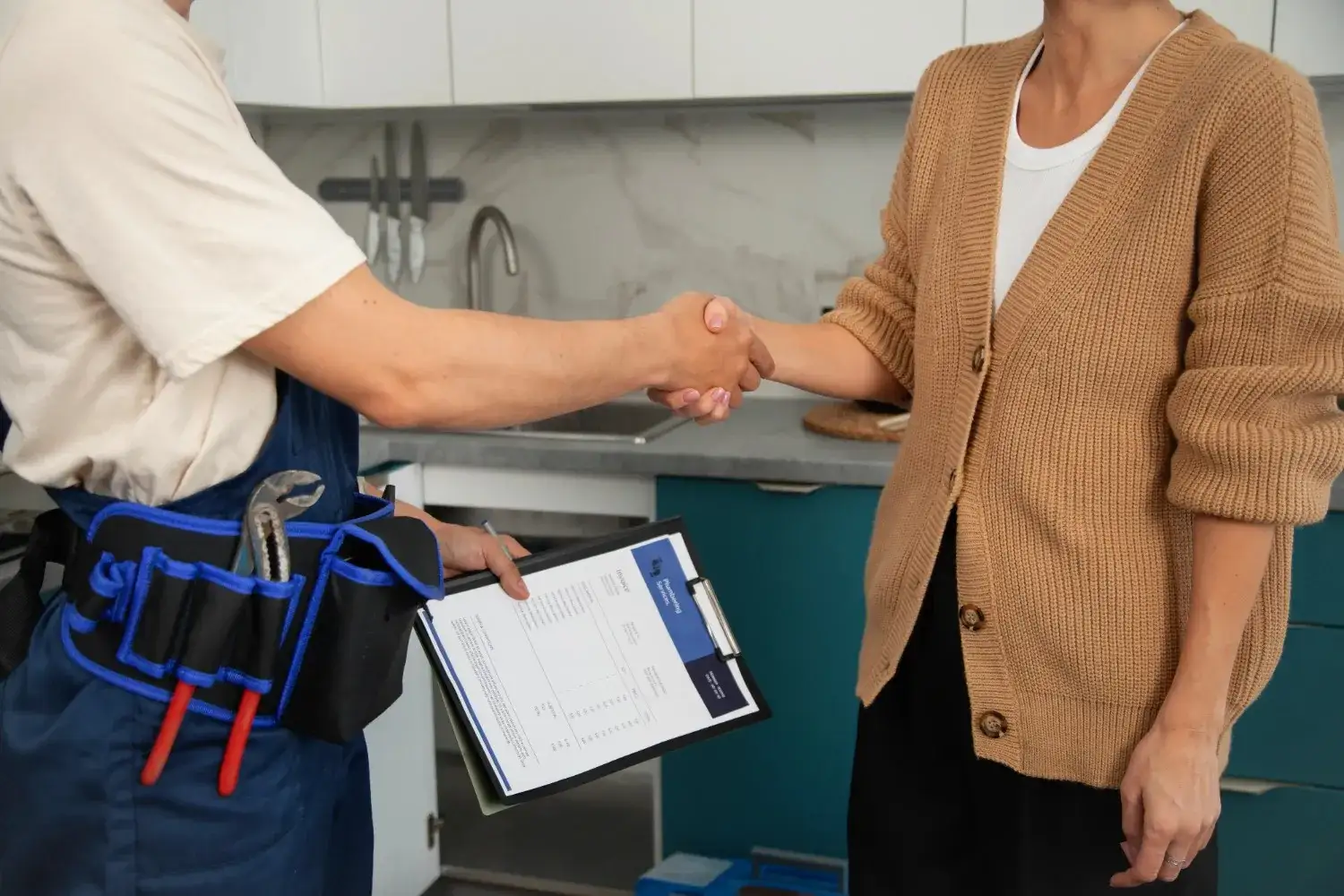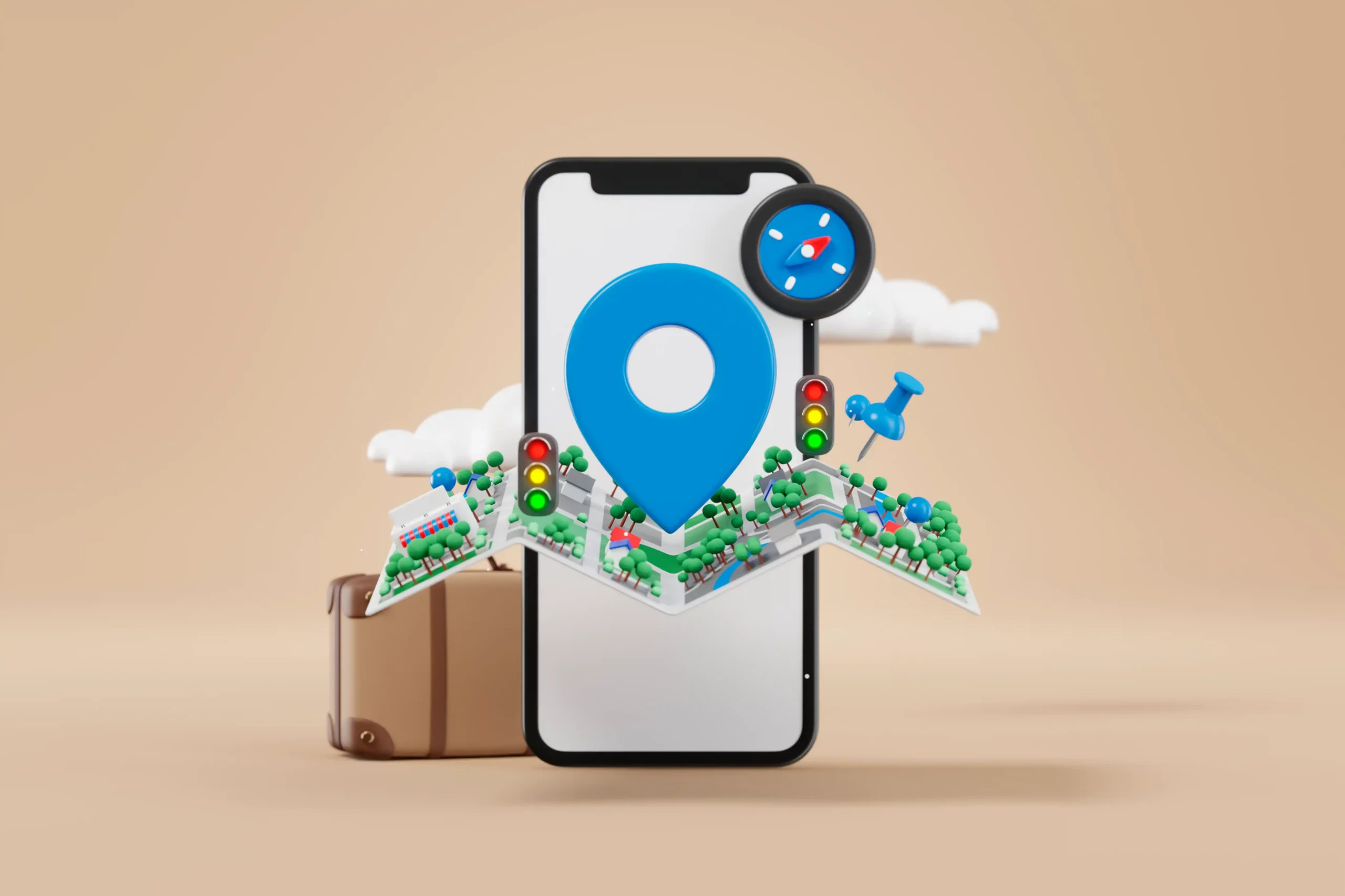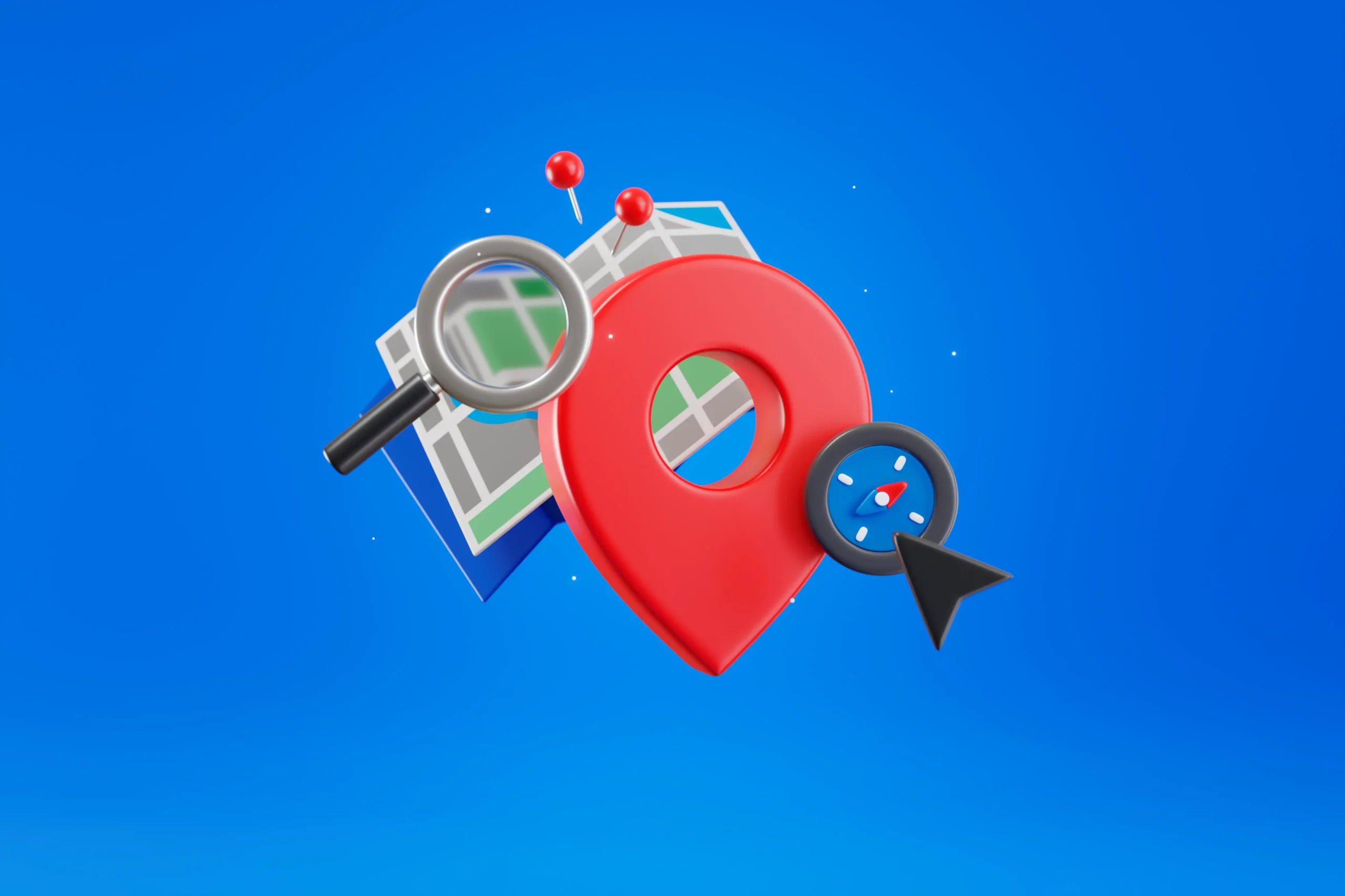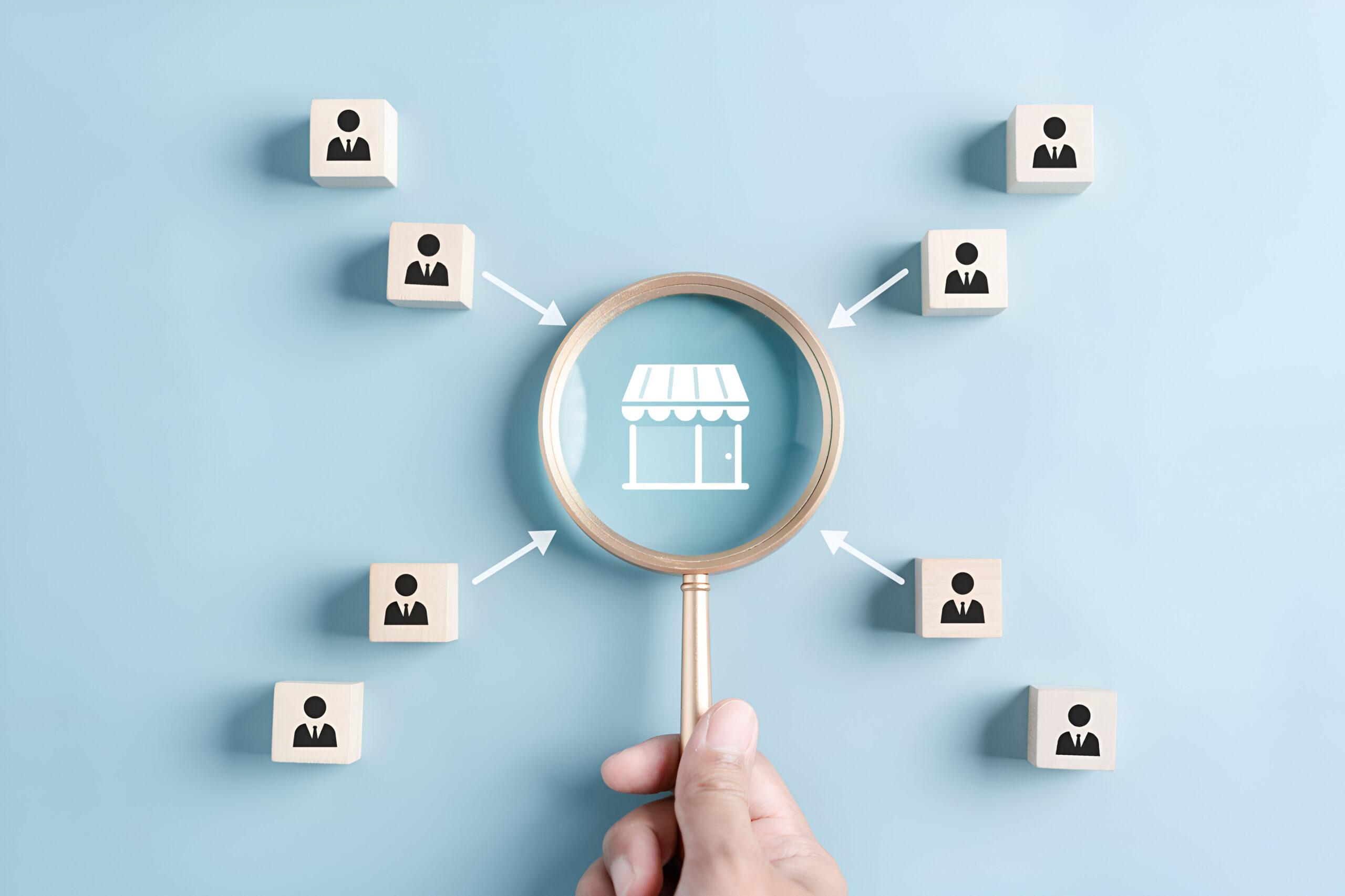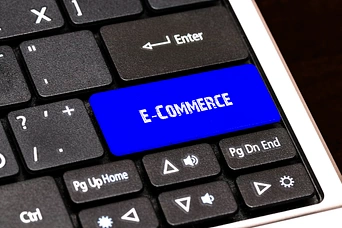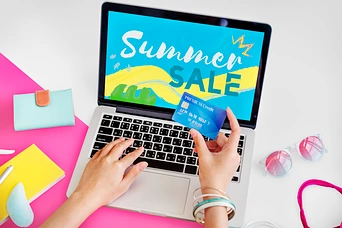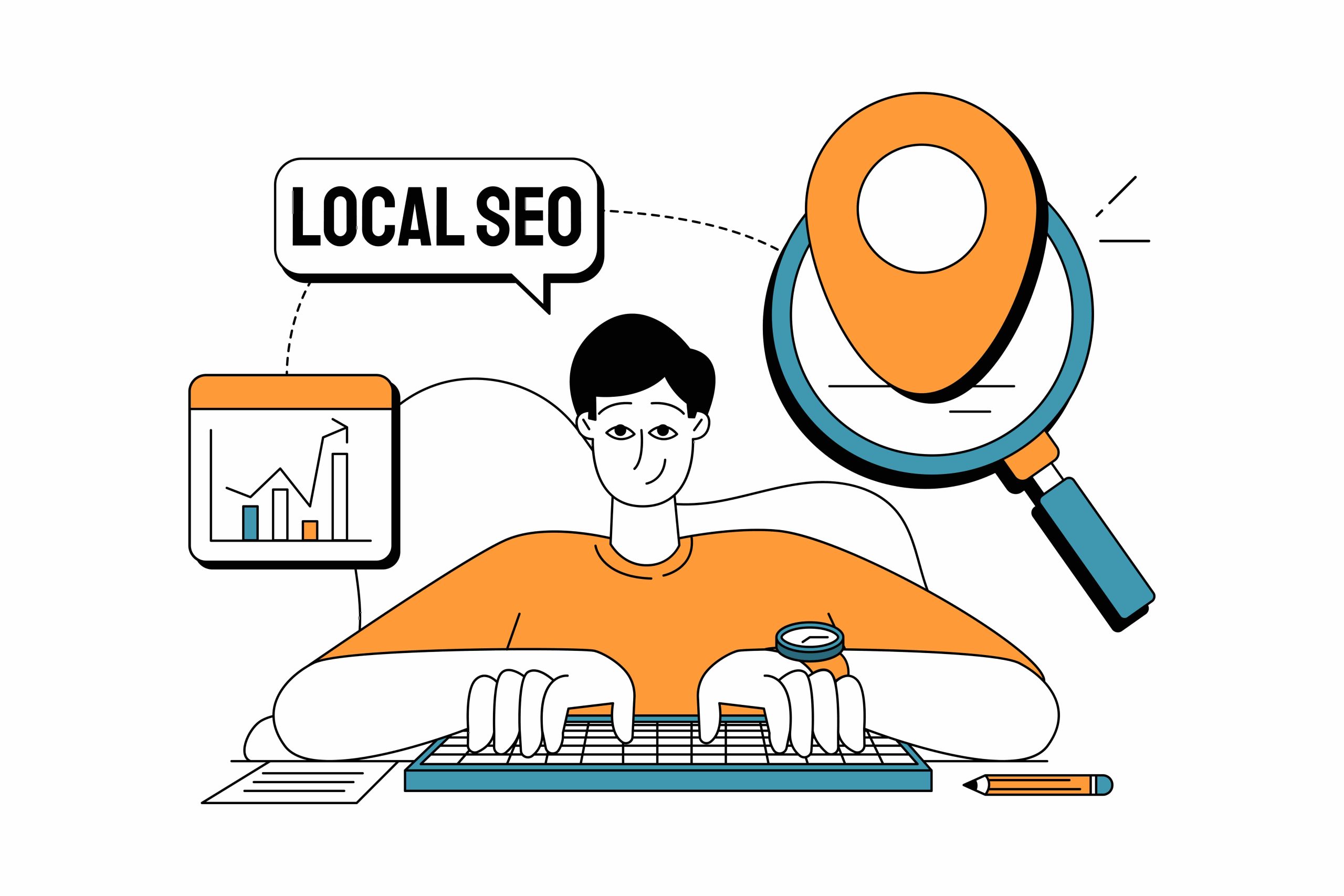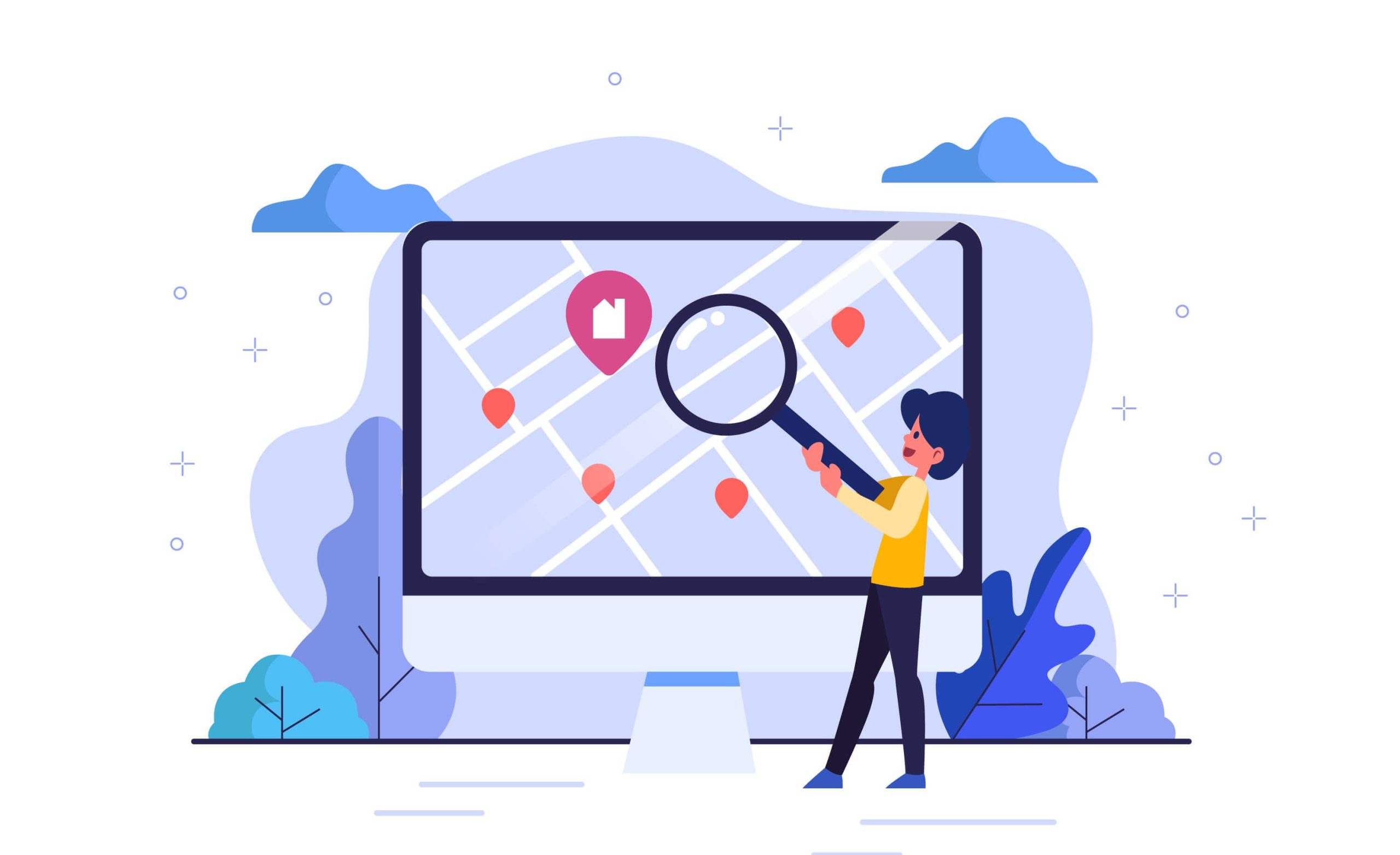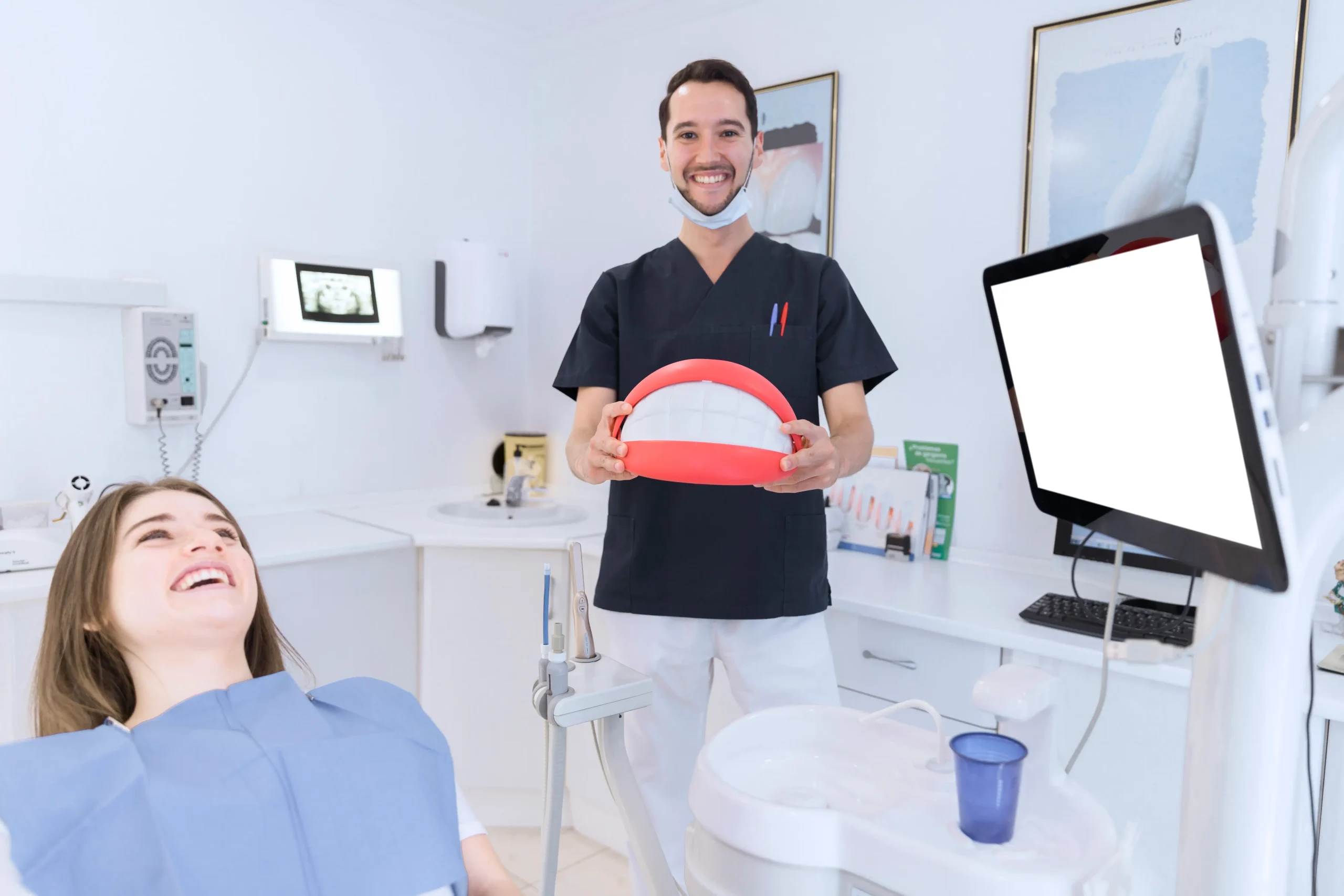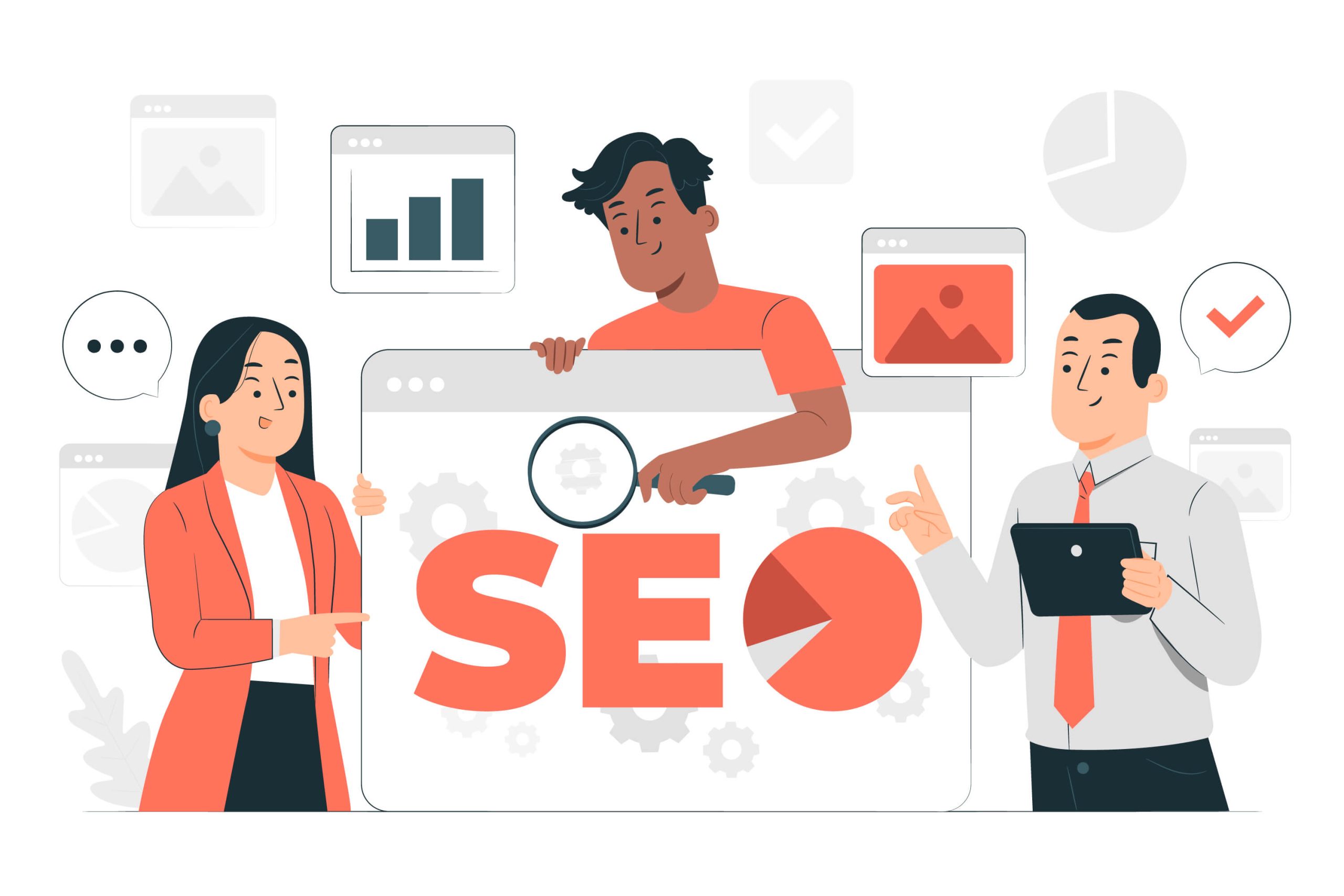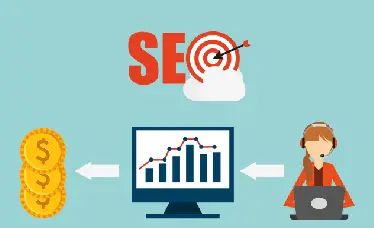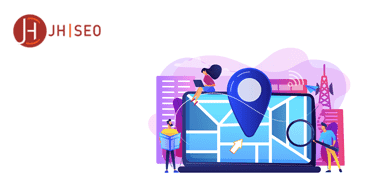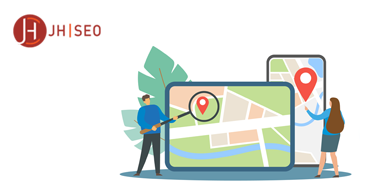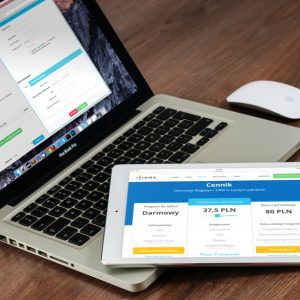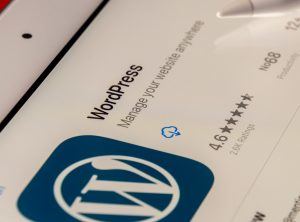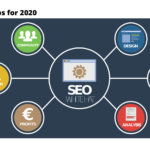Ranking for keyword terms can be difficult, especially for small businesses. While larger, more resourced companies target the keywords in your niche, it can be challenging to nudge your way to the top of the SERPs for these keywords.
Okay then, how should small businesses rank high on SERPs?
Of course, with local SEO, your destiny on search engines will change for good.
If there’s one thing that’s certain, it’s that local SEO has never been more important for businesses. Just look at the fact that mobile queries such as “where to buy” + “near me” have grown by over 200% from 2017 to 2019.
In addition, a study found that 69% of digital traffic is organic and local.
With 90% of consumers searching for local businesses online, it’s more important than ever that small businesses tighten up their local organic SEO strategies to attract potential customers.
Doesn’t matter if you have an online business or a physical location, you need a strategy for targeting localized searches and users in your area. As a small business, this is the way you rank highly in Google searches and attract even more customers.
Does Your Business Need a Local SEO Strategy?
With the increasing importance of online information to make offline purchases, local SEO for small businesses has never been more vital. Actually, a study shows that 78% of local searches on mobile result in offline purchases. You can’t argue with those results!
In addition, optimizing your website for local SEO gives you an opportunity to build your website up as an authority. It increases your trustworthiness and authority among your target audience.
So, local SEO is actually not just about increasing purchases. You can drive traffic to your website and you can improve the connection between you and your customers or readers.
So, local SEO is important, but yes, not all businesses need local SEO.
Here are four signs that your business needs a local SEO strategy:
- You have a physical location – If you want people to be able to find your store or office, you need to show up in search results for relevant local keywords.
- You serve customers in a specific geographic area – Even if you don’t have a physical location, if you serve customers in a certain city, state, or region, you need to target those areas with your SEO efforts.
- Your customers are searching for local businesses – As we mentioned before, mobile searches with “near me” have grown tremendously in recent years. If people are searching for businesses like yours locally, you need to make sure you show up in those search results.
- You want to increase foot traffic – If you want more people to come into your store, local SEO can help. By ranking highly in local search results, you’ll attract more customers who are looking for businesses like yours in their area.
ranking on Google Maps may be your key to reaching success but Google considers many different local search ranking signals.
This is why it’s important to create a strategy for your local SEO.
Creating Your Local SEO Strategy
If you are convinced that your website needs local SEO, let’s take a look at how to create a strategy for increasing your local rankings and website traffic.
1. Audit Your Existing Website
Before jumping into optimizing your site, you need to determine if anything is broken and what has to be improved in your website. So, the first step in any SEO strategy is to audit your existing website. This will help you understand where you’re starting from and identify any technical or on-page SEO issues. These issues that could hinder the success of your website should be addressed before keyword research, creating content, building backlinks, etc.
You can use SEO tools like Semrush to generate a report of all your site’s issues or, you can hire an SEO specialist who can thoroughly audit your site and identify your website’s needs to improve its standing.
If you need help with on-page SEO service, call me for a free consultation.
When auditing your website, there are a few key things you’ll want to look for:
- Does your website have the correct NAP (name, address, phone number) listed?
- Are your business hours and location easily accessible on your website?
- Do you have reviews or testimonials from happy customers?
- Is your website mobile-friendly?
- Are you using local keywords throughout your website?
2. Conduct Competitor Keyword Research
For every marketing strategy, one of the most important points in the list is to learn what your competitors do. In order to find the right keywords to target and outrank your local competitors, you need to know what your competitors are ranking for.
This will give you an idea of which keywords you should be targeting. You can use a competitor keyword research tool like Semrush or Ahrefs to conduct a competitive analysis to see what keywords your competitors are ranking for in organic search results.
Simply just enter your competitor’s URL into the Ahrefs Keywords Explorer and click “Search”. Then the SEO tool will show a list of keywords your competitors are ranking for organically. Then you can see the details such as search volume and difficulty to determine whether these keywords are a good fit for your website.
Remember, you should target keywords that fit your business, your services, or your products. Try to identify what your potential customers are searching for in your location.
3. Implement On-Page SEO
Now that you know which keywords to target, it’s time to start optimizing your website for those keywords. This is called on-page SEO and there are a few key things you need to do in order to make sure your website is optimized for both users and search engines:
- Use keyword-rich titles and meta descriptions – The title and meta description are the first things people will see when your website shows up in the search results. Make sure these elements are clear, concise, and include the keyword you’re trying to target.
- Use keyword-rich header tags – H1 tags are used to denote the most important headline on a page while H2 tags are used for secondary headlines. Using relevant keywords in your header tags will help search engines understand what your page is about and how it should be categorized.
- Use keyword-rich ALT tags – ALT tags are used to describe images on a website. When you use keywords in your ALT tags, you’re helping search engines understand what the image is and how it relates to the rest of your website.
- Headings (H1, H2, H3 tags) – Using headings throughout your website helps both users and search engines understand the hierarchy of your content. Make sure to use relevant keywords in your headings.
- URL Structure – Creating user-friendly, short, and keyword-rich URLs.
- Content Optimization – Creating high-quality content that is relevant to your target keywords and appeals to your audience.
4. Encourage (and Reward) Customer Reviews
Do you remember the last time you purchased a product or visited a restaurant without researching ratings and reviews? Surveys show that 82 percent of consumers always perform an online local search for a product or service.
That’s the reason why customer reviews are the lifeblood of your business. Especially if you are a new or small business, positive reviews can create a big difference in sales.
But, how can you obtain customer reviews?
First, ensure that you encourage your customers or clients to leave reviews on your Google My Business listing and other platforms like Facebook, Yelp, etc.
You can encourage customers to leave reviews by sending them an email or text message after they’ve made a purchase or completed a project. You can also include a link to your Google My Business listing on your website and in your email signature.
To encourage them, you can offer an incentive to customers who leave reviews. Whether by word of mouth or marked on in-store receipts, let customers know they will receive a discount or a complimentary item for their rating and review.
The work doesn’t stop there, though. Ensure that you respond to all your reviews, both positive and negative. This shows potential customers that you care about their experience and are willing to address any issues they may have had.
5. Create Local Content
Above I mentioned the importance of targeting local keywords. The best way to do this is to create valuable and authoritative local content.
This can be a blog post, a news release, or one of the web pages. You can use blog posts, how-to guides, infographics, etc., that are optimized for local keywords. And with these, you can highlight local events, offerings, and business roundups, or even educate people on your product or service.
Content is a great opportunity for optimizing your website for local keywords. Yet, you should be careful about keyword stuffing and unnatural flow. You write the content firstly for your target customers and then for search engines.
When creating content, there are a few things you’ll want to keep in mind:
- Your content should be well-written and free of grammar and spelling errors.
- Your content should be properly optimized for your target keywords. This includes using your target keywords in the title, throughout the body of your content, and in the meta tags.
- Your content should be shareable and informative.
- Your content should be relevant to your target audience.
6. Implement a Local Backlink Strategy
A backlink is a link from one website to another. Depending on the quality of websites and the number of links to your website, backlinks are a signal to search engines that others vouch for your content. If many sites link to the same webpage or website, search engines can infer that content is worth linking to, your site is authoritative and therefore also worth surfacing on a SERP.
Authority is an important factor in determining how high your website ranks on the SERPs. For example, the first result in Google has an average of 3.8x more backlinks than positions second to tenth.
Link building is especially important for local SEO. You can also build links by creating relationships with other local businesses and getting listed on relevant directories.
So, as a small business owner, how to begin to build a backlink profile?
- Reach out to local websites and directories and ask them to link to your website.
- Submit guest posts or articles on other websites with a link back to your site.
- Create helpful resources like infographics or eBooks that other website owners will want to link to.
- Participate in local events or sponsor a local sports team – then make sure to list your business on their website.
Also, long-form content receives 77.2 percent more backlinks than short articles. So, while writing shareable content, consider writing it at a reasonable length.
7. Create Localized Landing Pages
A localized landing page is a page on your website that’s specifically designed for a certain city, state, or region. These pages should be optimized with the local keywords relevant to your business and include valuable content that draws the interest of your target audience.
Best practices for creating localized landing pages are optimizing H1, H2, and H3 headings, writing keyword-optimized content, link building, adding visuals, and optimizing for mobile.
When done correctly, they show search engines that you are relevant for searches in certain geographic areas.
For example, if you have a law firm in New York City and you want to target potential clients in NYC, you would create a localized landing page for NYC. This landing page would be optimized for relevant local keywords like “personal injury lawyer NYC” or “divorce lawyer NYC”.
In addition to being optimized for local keywords, your localized landing pages should also include your NAP and business hours. You may also want to include testimonials or reviews from happy customers in your area.





